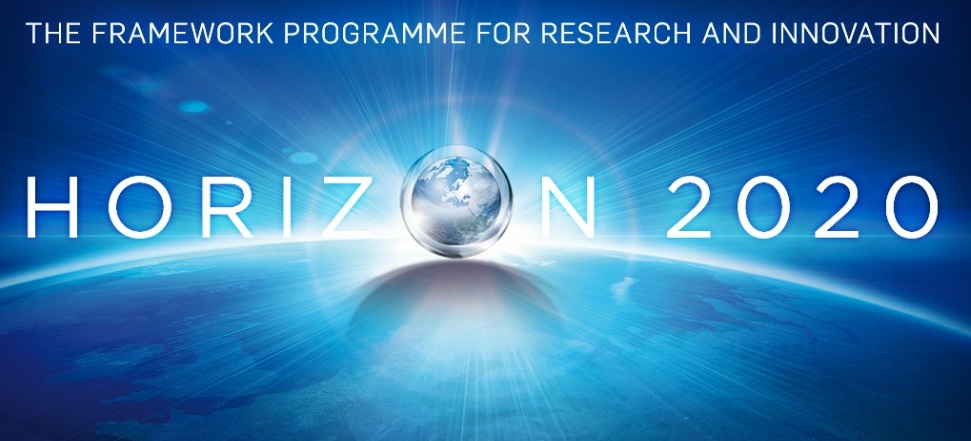Objectives
The objectives of the HERCULES-2 project are associated to 4 areas of engine integrated R&D:
- Improving fuel flexibility
- Formulating new materials to support high temperature applications
- Developing adaptive control methodologies to retain Lifetime powerplant performance
- Achieving near-zero emissions
The project HERCULES-2 comprises 4 R&D Work Package Groups (WPG):
- WPG I: Fuel flexible engine
- WPG II: New Materials (Applications in engines)
- WPG III: Adaptive Powerplant for Lifetime Performance
- WPG IV: Near-Zero Emissions Engine
The HERCULES-2 project Objectives are presented in below table:
| WPG | Objective | Performance indicators (KPI, BS EN 15341:2007) |
Target value | How |
|---|---|---|---|---|
|
Fuel flexible Engine |
Seamless switching between different fuel types in a cost-effective way |
No perceptible difference in engine performance wrt baseline (single fuel) BAT |
<2% change in speed at changeover |
|
|
Complying with all emissions regulations, at all operating points, with any fuel |
No difference in fuel consumption wrt single conventional fuel BAT |
<1% differences all loads |
||
|
Improved gaseous and particulate emissions with certain fuels |
Reduction in Greenhouse gas emissions wrt baseline engine |
Up to 25% reduction (depending on fuel composition) |
||
|
Improved engine part-load performance |
Reduction in fuel consumption at part load |
5% reduction |
||
|
New Materials |
Facilitate improved combustion by allowing higher thermal and mechanical load |
Higher thermal / Mechanical load bearing capability, durability and functional performance |
15% higher |
|
|
Enable prolonged engine operation at reduced load/speed without undue wear (hence safe and cost-effective vessel slow steaming, resulting in reduced fuel consumption) |
Normal wear of components at prolonged low-load operations |
<1% difference in component wear |
||
|
Improved durability and engine lifetime |
Improved life of individual components under increased temperatures |
50% longer |
||
|
Adaptive Powerplant for lifetime performance |
Optimised performance throughout lifetime |
Minimum divergence from "as-new" performance throughout lifetime |
Max 5% divergence any parameter |
|
|
Reduced operating costs via optimised operation |
Reduced fuel and maintenance costs |
15-20% reduced |
||
|
Improved fuel consumption in transient loading |
Improved (faster) load acceptance within emission limits and reliability requirements. |
20-25% improvement |
||
|
Improved fuel consumption during load transients |
1% lower |
|||
|
Overall fuel saving during normal operations |
Overall reduction in fuel consumption during steady-state normal operation |
2% lower |
||
|
Advanced lubrication system with reduced lub-oil consumption and pollutant emissions (HC, CO, PM, NOX) |
Improved lub oil consumption all operating conditions (reduced lub oil costs and reduced lub related emissions) |
10% reduction |
||
|
Near-zero emissions engine |
Integration of After Treatment Unit (ATU) into existing engine structure in very large engines |
Reduction in NOx emissions wrt Tier II BAT |
80% reduction |
|
|
Reduction in HC wrt Tier II BAT |
50% reduction |
|||
|
Reduction in fuel consumption and CO2 emission wrt Tier II BAT |
Up to 5% reduction |
|||
|
Combination SCR and DPF for 4-stroke large marine engines |
Reduction in NOx emissions wrt Tier II BAT |
80% reduction |
||
|
Reduction in PM and black carbon emission wrt Tier II BAT |
80% reduction |
|||
|
Integration of methane slip abatement system for 4-stroke engine |
Reduction in GHG CH4 emissions |
15% reduction |
||
|
Reduction in fuel consumption and CO2 emissions wrt baseline |
Up to 5% reduction |


